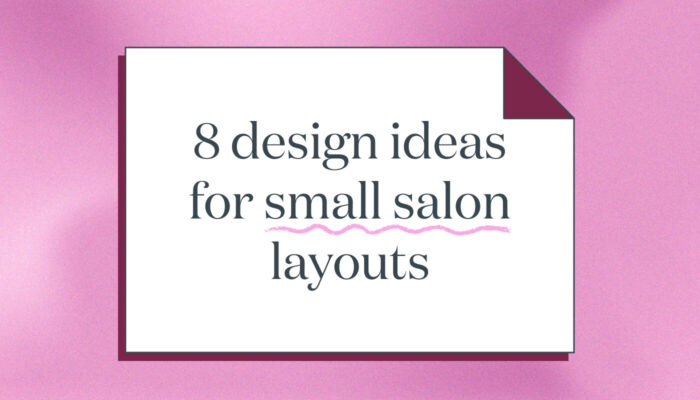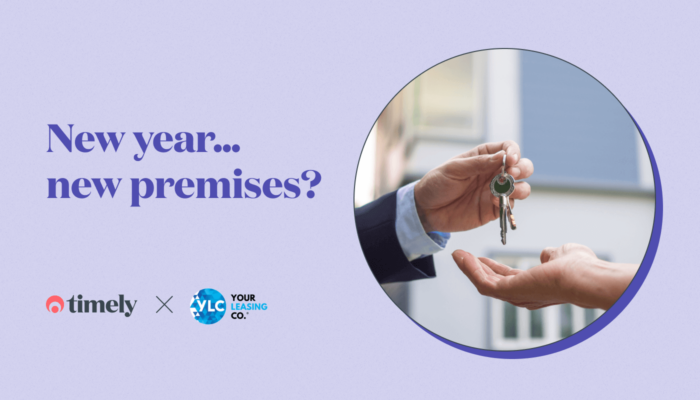Cultivating a culture of inclusivity
A pioneer of organisational and social change, Mary Haddock-Staniland recently joined the Timely team as Chief People Inclusion Officer; the first role of its kind at an executive level in New Zealand. Mary, who sits on the board of a number of charities, is passionate about empowering others to reach their full potential and ensuring that everyone has equal access to opportunities and resources. Here, Mary talks about the importance of bringing your "true self" to work, and why all business owners must build and nurture inclusive environments.
What is the remit of your role as Timely’s Chief People Inclusion Officer?
To some extent, it is a traditional human resources and employee relations related role, but it has a very unique remit to it. Timely cares deeply about the people who work for them, about cultivating a culture where everyone can bring their whole self to work, and about nurturing an environment in which people of all backgrounds are empowered and can contribute authentically and genuinely. My role is to both build on the existing culture of inclusivity at Timely, and to spread the message wider.
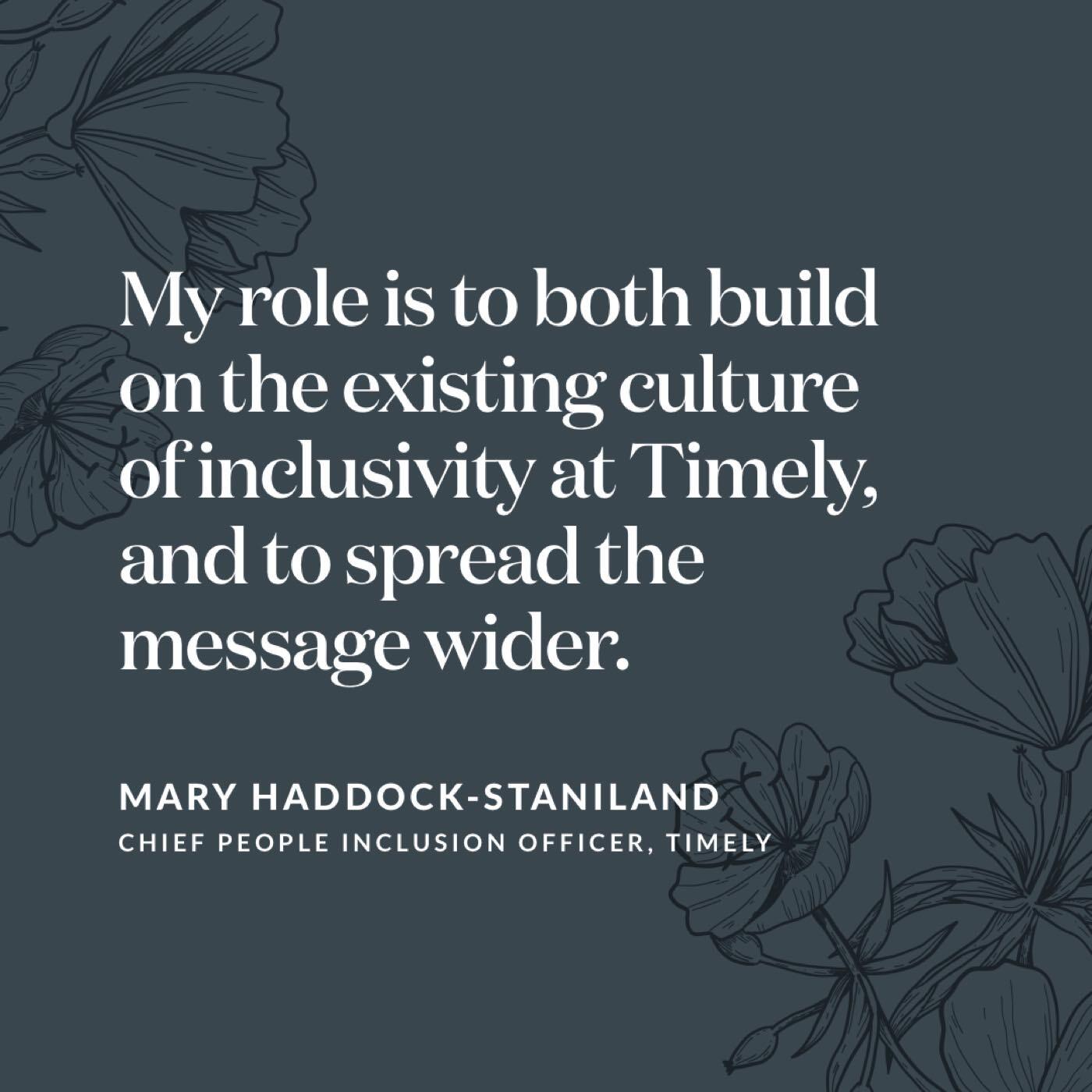
What are the essential elements of workplace diversity and inclusion?
It starts with providing a safe and accepting environment for all people. It’s also about encouraging people to bring their whole self, their ‘true self’, to work. This means enabling people to one hundred percent bring their individuality and their uniqueness to all that they do at work. Ultimately, there is no reason why we should have a home version of ourselves, and a work version; we should be our authentic self wherever we are. Anything else is just a waste of energy.
What steps should hair and beauty business owners take to build a culture of diversity and inclusion?
Diversity and inclusion in the workplace is a journey that never ends, but the most important thing is to start. No matter where you begin, as long as you’ve started the journey, then you’re heading in the right direction. And the really important thing to remember is that when you do diversity and inclusion well, then you do well because of it.
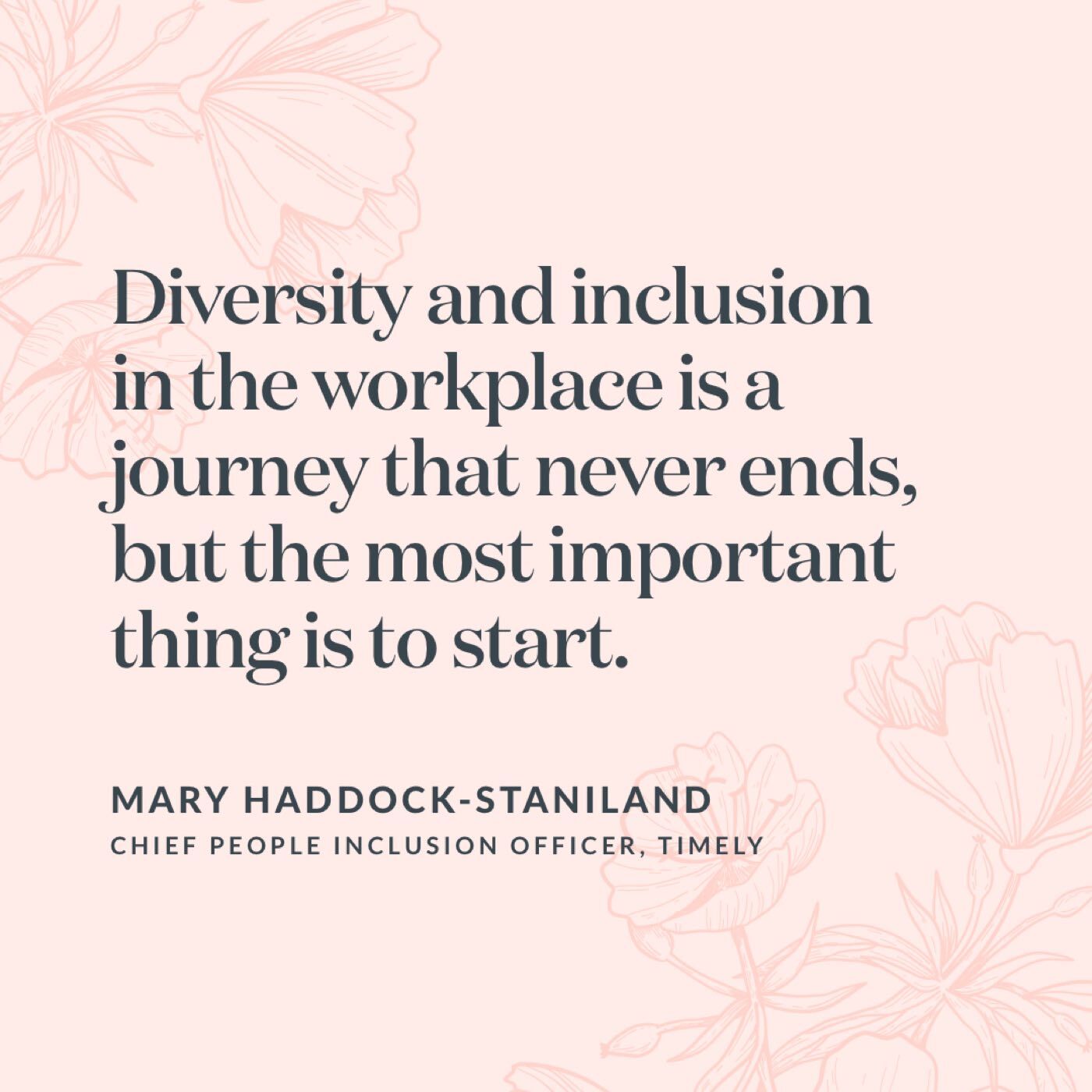
A good place to start is to look at how you hire your staff and how you celebrate and encourage diversity within your workforce. Rather than making recruitment decisions on your own, it’s very helpful to involve people with a wider range of backgrounds and interests in the process. Also, look at how you can celebrate various initiatives within your business, such as activities relating to LGBTQ+, gender, and culture.
To ensure that you have a safe and accepting environment, it might be worth looking at the practical accommodations you can make to increase staff diversity. Flexible working, for example. I know this can be tricky to facilitate within a salon, but it certainly isn’t impossible when we start to think a bit more outside of the box. Another practical thing you can do is to provide the space and opportunity for people to undertake personal activities. Have a quiet space where mums can go to breastfeed or breast pump, or where staff members can go to pray.
Ultimately, it’s about bringing everyone to the decision-making table, listening to the insights, and improving the way that you operate. It will do you good, I promise.
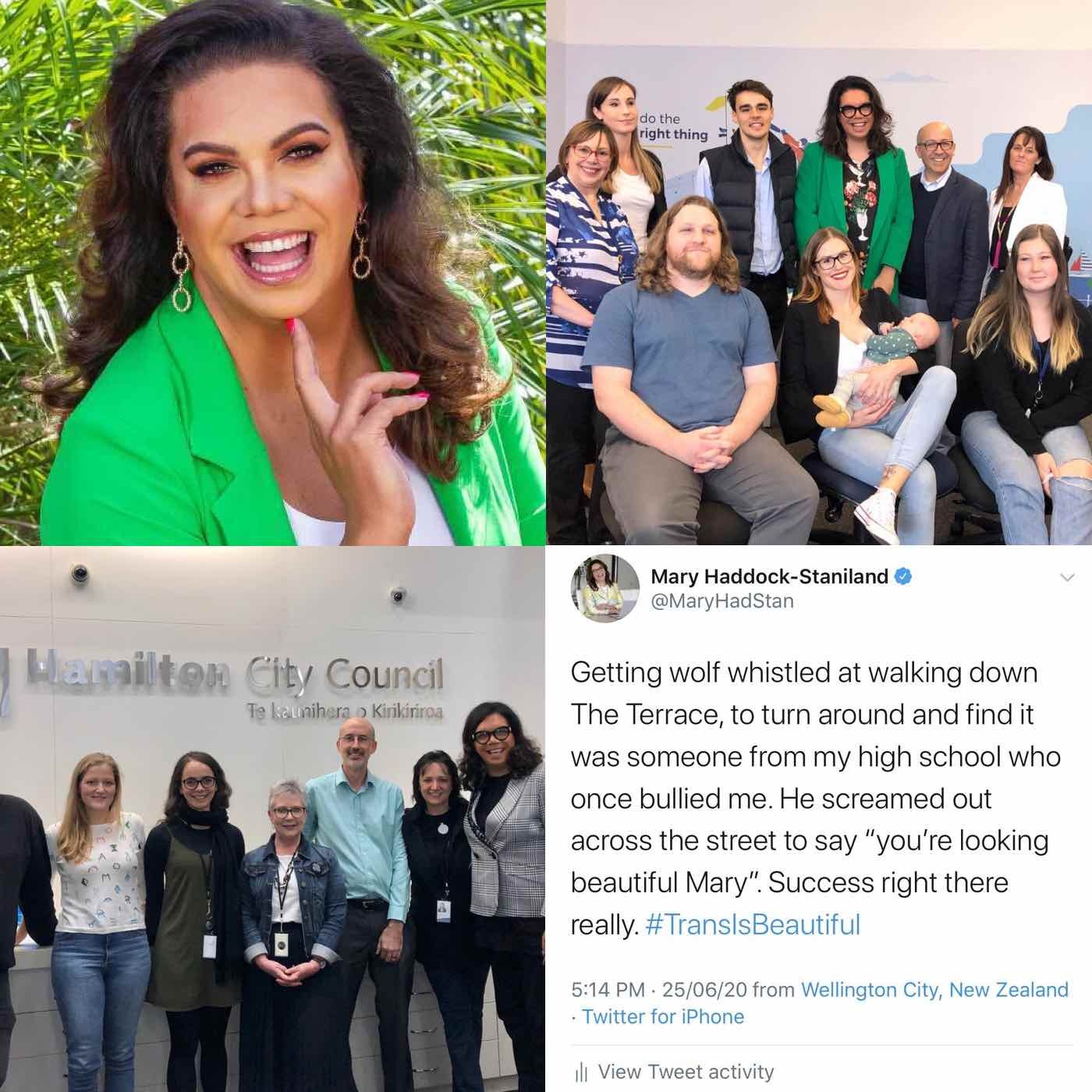
Mary in New Zealand’s Woman’s Weekly, The team at NZ Business Yellow talking with their Senior Leaders about the importance of Inclusion, Hamilton City Council asked Mary to speak at an event with their Inclusion Committee, A tweet demonstrates that with the right education, people can change their thinking.
How should business owners deal with any resistance to change?
There’s no denying that making changes can be scary and that you can get pushback from your community and from suppliers. You may well be faced with difficult conversations, but it is only by being purposeful in your approach to diversity and inclusion that things will change. You may not always get it right, but doing something is always better than not doing anything at all.
Always keep in mind that the success of any business comes down to how well it recognises and meets the wants and needs of its customers. Your clients are likely to also be from a diverse group of people, and if they aren’t, then perhaps you need to look at why that is.
By having a diverse team, you’re better able to connect with your customers. You’re creating an environment in which they feel comfortable, and giving them the service that they want. If clients don’t identify with a single member of your staff, then there’s a big chance that they will choose to go elsewhere. Obviously, you can’t have one of every type of person working for you, but if customers see that you have a rich and varied workforce, they are much more likely to feel accepted.
What is your top tip for creating a culture of diversity and inclusion?
Find your ‘why?’. Ask yourself what diversity and inclusion looks like for your particular business. How do you want your staff to feel? How do you want your customers to feel? What opportunities do you want to create? What is the lasting impression you want to give to anyone who comes into contact with your business? The answers to those questions will give your ‘why’; the reason, or reasons, you do what you do. The trick then, is to translate these into contributions and workable, beneficial outputs that allow the business to grow and thrive from a diverse and inclusive culture.

